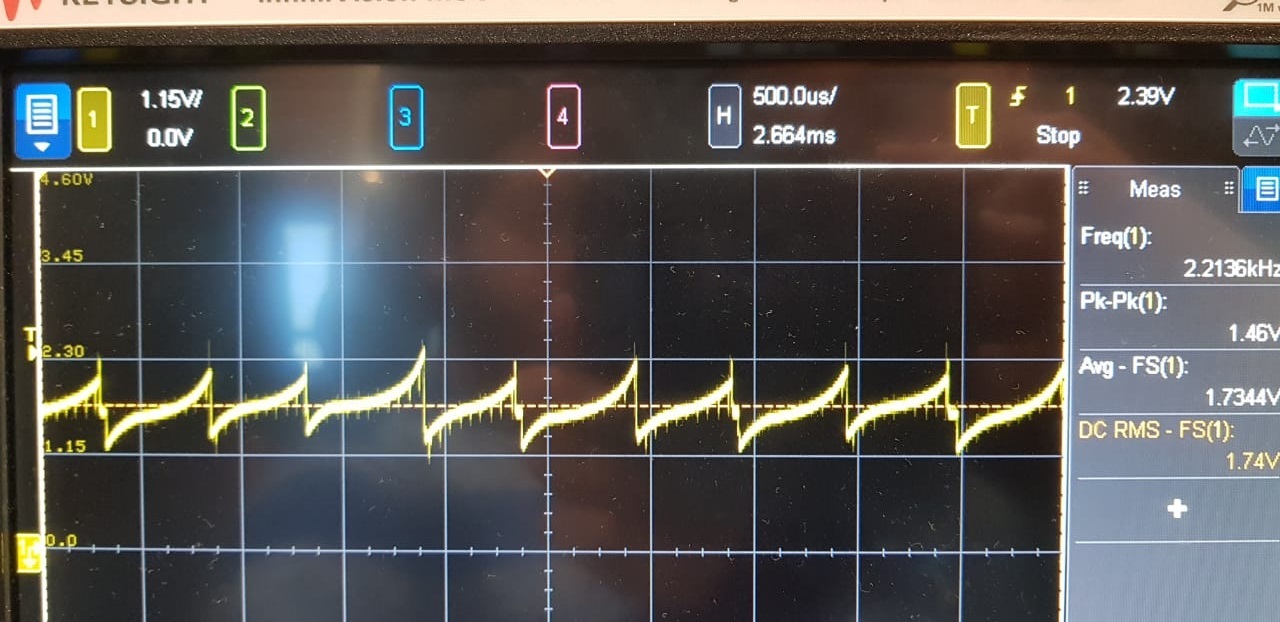Other Parts Discussed in Thread: TIDA-00774
Good Morning I´m doing a version custom to my company and using as reference design TIDA 00774. After study about boards to control BLDC, I have some doubts.
1) Why does the Board TIDA 00774 has 12 mosfets instead of 6?
2) Also, I thought of changing the capacitors to my custom version, they are in red in img....
2.1) What are these capacitors for in circuits ???
2.2) How do I calculate capacitance according to my custom circuit?
2.3) What is influence ESR from on board?
Best Regards


